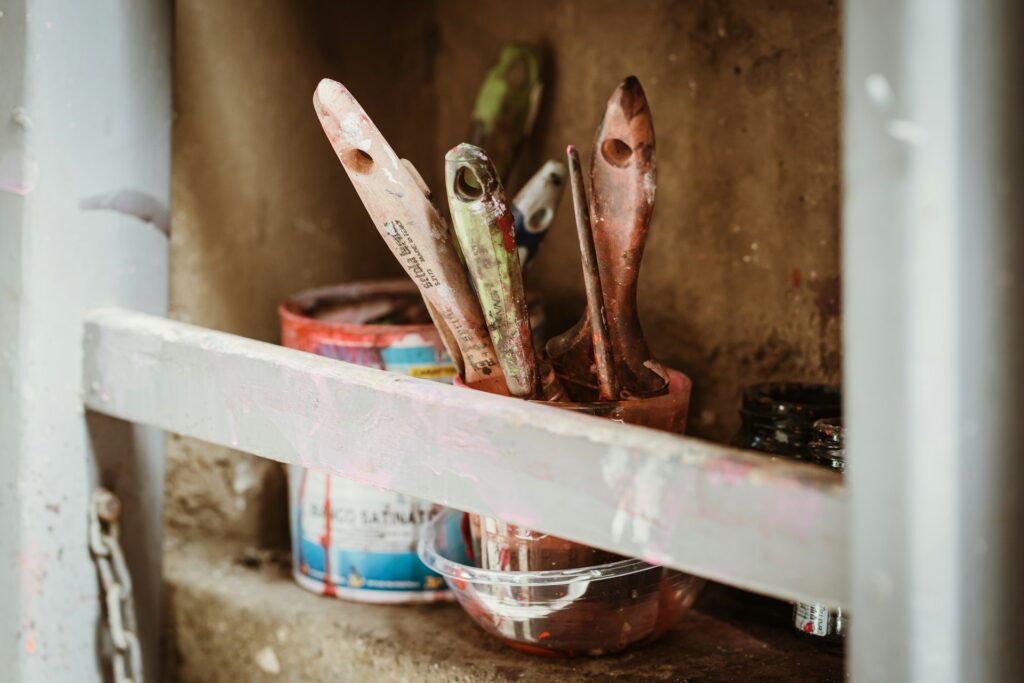
Embarking on a painting project can be both exciting and rewarding, but the post-paint cleanup phase is often overlooked. A flawless finish requires meticulous attention not only during the painting process but also in the cleanup that follows. In this guide, we’ll explore some expert tips to ensure a quick and easy post-paint cleanup, leaving your project looking polished and professional.
1. Choose Low-Maintenance Paints
Opting for low-maintenance or washable paints can significantly simplify post-paint cleanup. These paints are formulated to resist stains and are easier to clean with mild soap and water. They are especially practical for high-traffic areas like kitchens and hallways, where spills and stains are more likely to occur. Invest in a high-quality washable paint to save time and effort in the long run.
2. Clean Tools Promptly
Don’t let your painting tools sit idle with dried paint on them. Clean your brushes, rollers, and other tools promptly after use to prevent the paint from hardening. For water-based paints, a thorough rinse with warm water and mild soap should suffice. Oil-based paints may require a solvent like mineral spirits. Properly cleaned tools not only last longer but also ensure a smoother application in future projects.
3. Reuse or Recycle Materials
Consider the environment during your post-paint cleanup by finding ways to reuse or recycle materials. Empty paint cans, plastic trays, and drop cloths can often be repurposed for future projects or disposed of responsibly. If there are leftover paint cans with a small amount of paint, store them properly for touch-ups or donate them to a local community organization. Minimizing waste contributes to a more sustainable approach to your painting projects.
4. Use the Right Cleaning Solutions
Different surfaces and paint types require specific cleaning solutions. For water-based paints on walls and trim, a mixture of mild soap and warm water is usually sufficient. Stubborn stains may require a gentle scrub with a soft brush. For oil-based paints, use the appropriate solvent, and always follow the manufacturer’s recommendations. Avoid abrasive cleaners that could damage the painted surface. Testing any cleaning solution in an inconspicuous area first is a good practice.
5. Employ Microfiber Cloths for a Streak-Free Finish
When it comes to wiping down surfaces, microfiber cloths are your secret weapon for achieving a streak-free finish. They are highly absorbent, lint-free, and won’t leave behind fibers or residue. Use a damp microfiber cloth to wipe down painted surfaces gently. Their soft texture ensures that you won’t inadvertently scratch or damage the paint while removing any lingering dust or fingerprints.
6. Ventilate the Space
Proper ventilation is often overlooked but plays a crucial role in post-paint cleanup. Adequate airflow helps paint fumes dissipate and accelerates the drying process. Open windows and doors, and use fans to ensure fresh air circulates throughout the space. This not only aids in faster drying but also promotes a healthier environment during and after the cleanup.
Conclusion
A successful painting project doesn’t end with the final brushstroke; it extends into the post-paint cleanup phase. By adopting these tips, you can streamline the cleanup process, saving time and effort while achieving a polished, professional finish. From proper preparation to the use of quality tools and environmentally conscious practices, mastering post-paint cleanup will enhance the overall success and longevity of your painting projects.